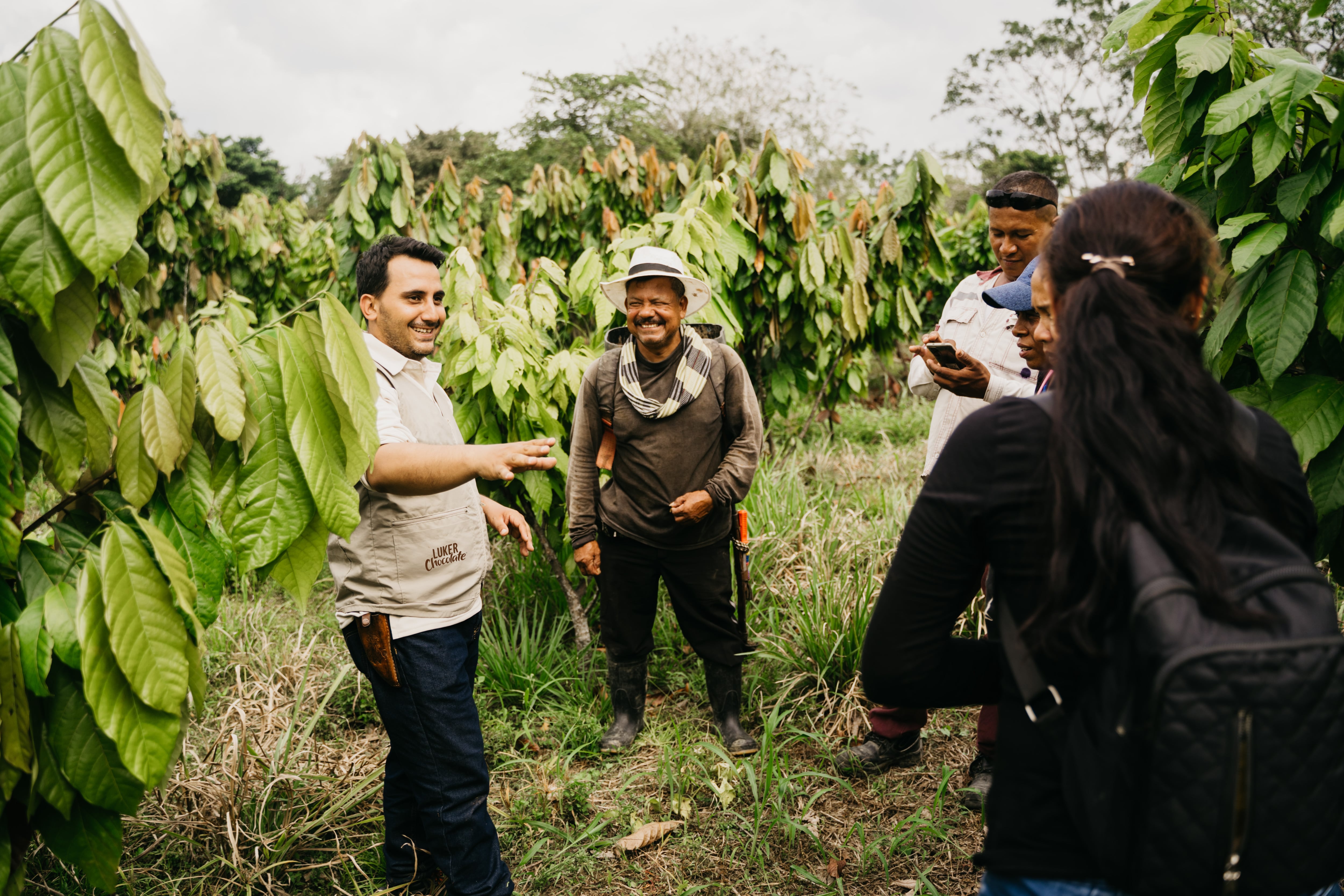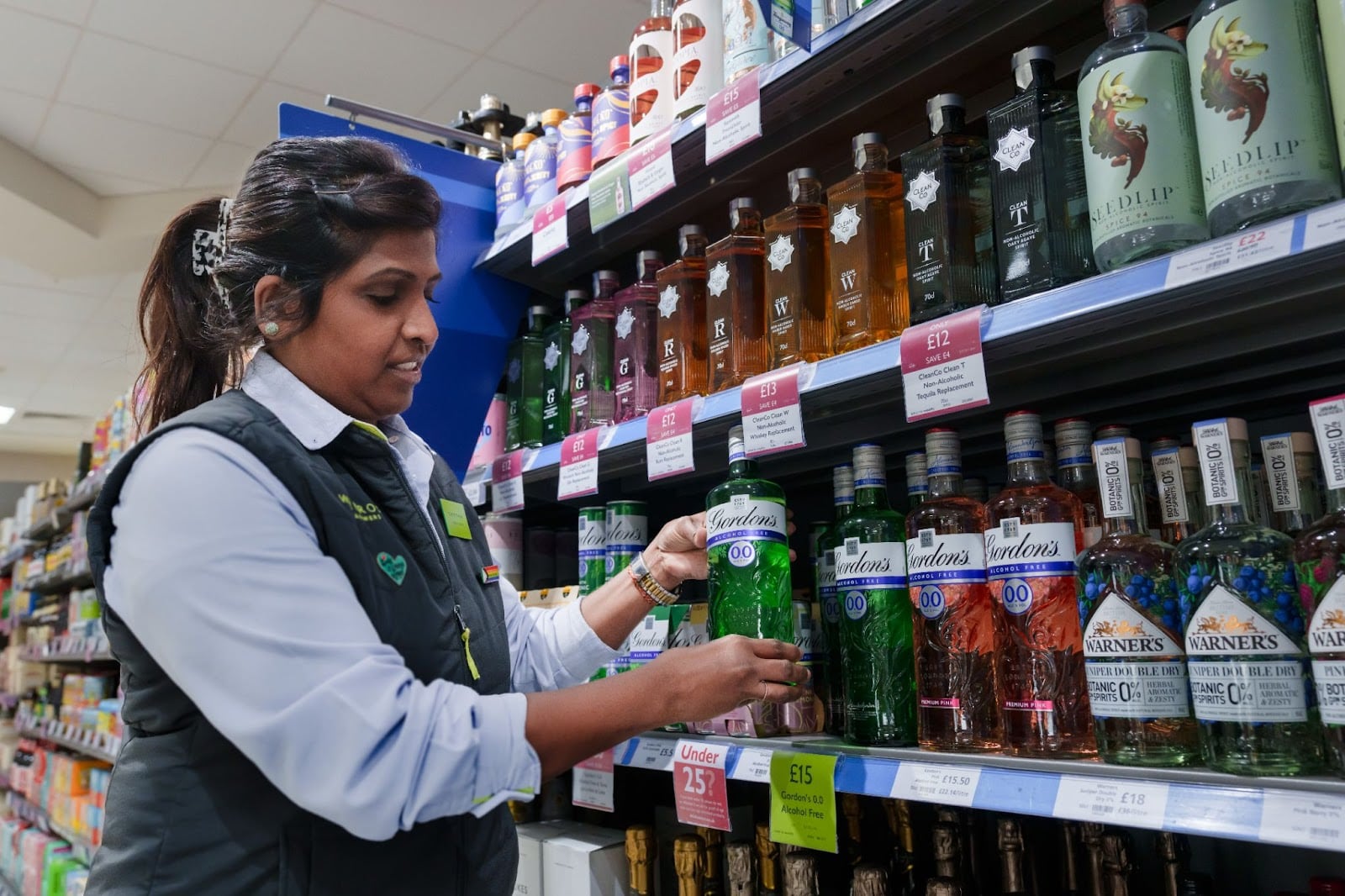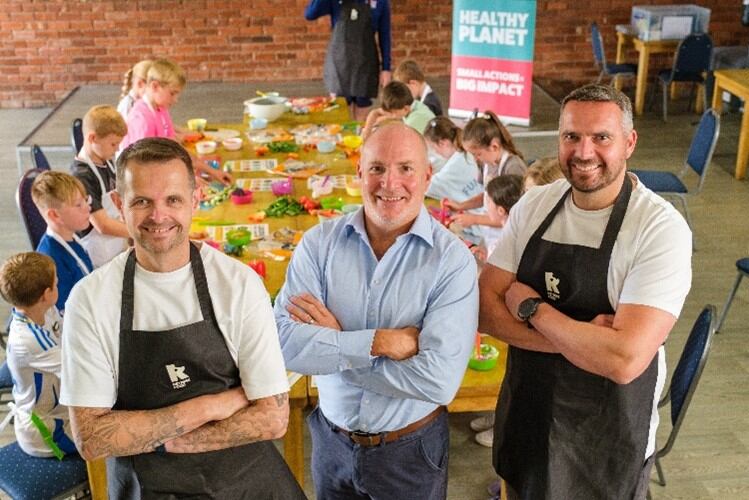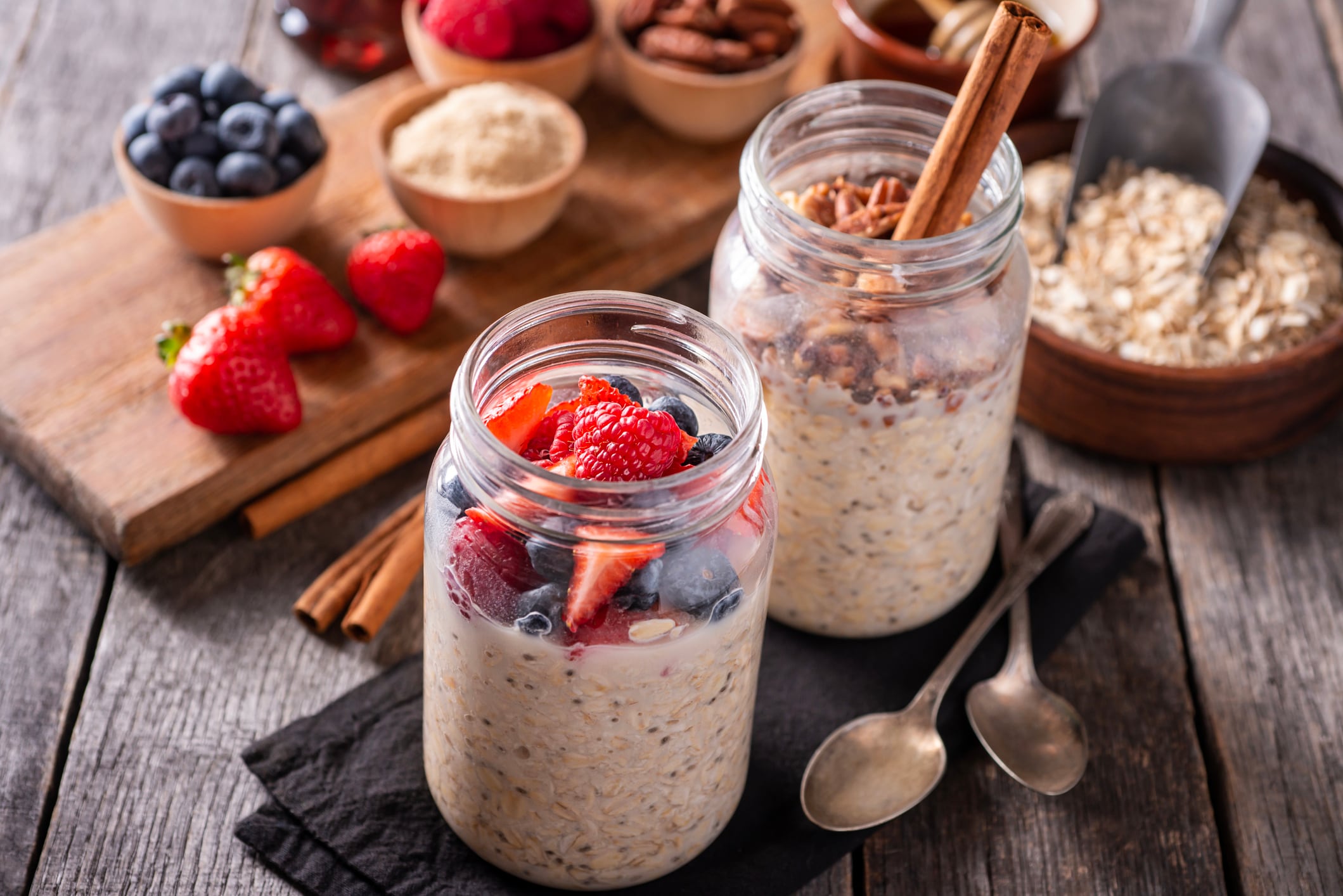The EUDR has become one of the most talked-about pieces of legislation in global commodity supply chains – and for good reason. It sets a new standard for transparency, traceability and large-scale environmental accountability.
Yet, it has also sparked concern. From industry giants calling for further delays to policymakers proposing simplifications, it’s clear that many businesses and even suppliers still feel unprepared for what lies ahead.
At Luker Chocolate, we’re already shipping fully EUDR-compliant cocoa to the EU and we vehemently support the regulation’s aims. But we also understand why some businesses are struggling.
That’s why we believe the question shouldn’t be ‘delay or don’t delay’. Instead it should be how do we support smallholder-inclusive compliance that actually works?
Compliance is possible – with the right support
Luker works directly with more than 2,700 smallholder cocoa farmers in Colombia. With them, we’ve built traceability systems from the ground up – using farm-level polygon mapping, satellite alerts and our own blockchain-powered LukerTrace platform (launched in 2020) to evidence where our cocoa comes from and prove that it’s produced ethically. While deforestation on cocoa farms isn’t a significant issue in Colombia, every shipment we’ve sent to Europe since October 2024 has met EUDR requirements.
We didn’t achieve compliance by excluding farmers who couldn’t provide the necessary information right away. That would have been the easy route – but wouldn’t solve the real issue that EUDR set out to solve. In many commodity sectors, we’re already seeing signs of that happening: buyers cutting off smallholders who don’t yet have the infrastructure to prove full traceability, even when their practices are legal and deforestation-free.
Instead, we chose a different path. We continue to buy from farmers who meet our core sourcing standards – including no deforestation, no labour rights violations and strong community ties – even if they’re not yet fully mapped or integrated into our traceability platform.
To maintain compliance, we keep these cocoa flows physically separate throughout transport and processing. EUDR-compliant cocoa is segregated and shipped to the EU. Cocoa from non-mapped plots is used for the national market whilst we gather more information. We’ve worked hard to avoid mixing or shortcuts – and to ensure no farmers are left behind.
Why we focus on inclusion, not exclusion
Our approach to EUDR is built on a wider framework we call ‘The Chocolate Dream’ – our long-term collaborative sustainability plan rooted in shared value. It’s designed to create environmental, social and economic impact by placing cocoa-growing communities at the heart of their own development.
This includes co-creating local solutions with farming families, investing in agroforestry and climate resilience, while improving farmer incomes through more direct trade, shorter value chains and support for higher-quality production. In 2024, this work reached over 4,300 families – and increased the incomes of more than 1,000 farmers by an average of 12%.
This kind of investment is what makes regulation like EUDR achievable. Compliance should not come at the expense of inclusion. If it does, we’ve failed not just farmers, but the very purpose of this regulation.
Segregation is hard – but it’s necessary
Product segregation has been described as one of the biggest challenges in EUDR implementation, particularly when working with smallholder farmers. And it’s true: maintaining full separation between compliant, non-compliant and unknown-origin commodities requires intensive investment, monitoring and careful logistics.
Yet, it’s not impossible. With planning, training and trust, we’ve made it work and we believe others can too. This approach allows us to work with all our farming partners, rather than excluding those who are still building their capacity. It gives us time to help them gather geolocation data, understand government land use rules and adopt net-positive environmental practices – without threatening their livelihoods in the meantime.
If the sector takes the opposite approach – demanding 100% compliance from day one, without support – we risk pushing farmers out of the market entirely. That’s not just bad for them; it’s bad for long-term sustainability and the future of our sector.
Lessons beyond cocoa
While our experience comes from cocoa, the lessons apply far more widely. Whether you’re sourcing soy, palm, coffee or timber, the challenges are similar: rural communities with limited digital infrastructure, complex farm ownership models and long supply chains with many actors. The answer in every case is the same – long-term partnership, not last-minute pressure.
That’s why we believe EUDR is not just a compliance exercise – but an opportunity to build more resilient, transparent supply chains. This can only happen if suppliers and buyers invest in inclusion. Businesses should go beyond compliance and tackle the issue at source – with real and lasting impact at origin built on collaboration with the communities that grow our food.
A final thought on delays
Like many, we were disappointed by last year’s delay to EUDR implementation. We’ve worked hard to be ready and continue to improve. But we also know that regulation only works if it’s truly enforceable – with a robust reporting structure and no loopholes – and if companies feel empowered to meet the requirements.
Still, further delays or last-minute changes now would risk weakening one of the EU’s most important environmental policies. The definition of ‘deforestation-free’ will not change, even if the timeline does – and the longer we wait, the more difficult it will be to explain that to farmers on the ground.
If we want this regulation to succeed – for the planet, and for the people who grow our food – we need clarity, consistency and above all, collaboration.




